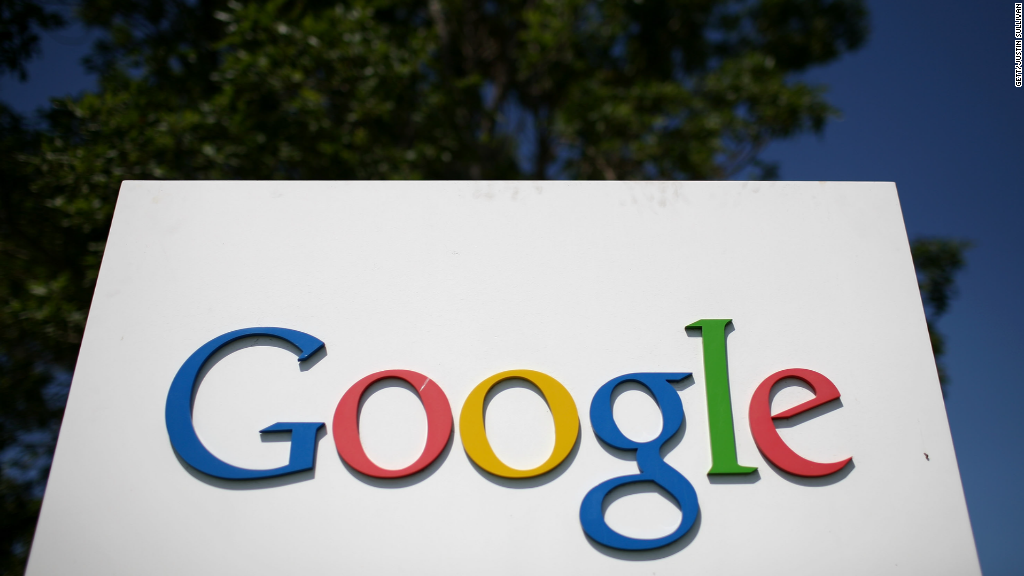
Turns out, failure isn't just an option -- it's practically a requirement at Google X.
That's according to Dr. Astro Teller, who oversees the secretive research center behind projects including Google Glass, Google contact lenses and the company's driverless cars.
At Google X, failures come early and often, and that's how they like it, Teller said Tuesday during a keynote speech at SXSW.
Google X was designed to be a "moonshot factory." In other words, the research lab focuses not on incremental innovation, but rather on building risky, life-altering technologies.
According to Teller, the project's engineers run after the "hardest parts of the problem first -- as fast as we possibly can."
Related: The truth, according to Google
Teller illustrated the failure fetish by describing the testing process for driverless cars -- one of the division's biggest projects.
By 2012, the group had built a vehicle that had "basically mastered" highway driving, and select Google (GOOG) employees were trying out Lexus SUVs equipped with the technology.
"We probably could have made a lot of money," he said. But they soon realized that human drivers weren't a reliable backup for the system. They needed to build a car -- without a steering wheel or gas pedals -- that was fully autonomous. The engineers went back to the drawing board.
"Our success was in itself a failure," Teller said.
In the five years of Google X's existence, this failure was hardly the first. But Teller said that every one of the "bumps and scrapes" have been worth it.
Related: Step inside the world's first Google shop
Google Glass is another notable "failure." (Glass is now its own division, under the leadership of Nest founder Tony Fadell).
"We allowed and sometimes even encouraged too much attention for the program," Teller said of the Google Glass Explorer Program. "The world started to think of it as a finished product."
In reality, it was just an early prototype. They weren't trying to turn it into a product, but rather leverage the crowd for feedback.
The intention was "to learn as fast as we can, to fail as fast as we can," said Teller.
The group puts so much emphasis on learning from failure, he said, that success sometimes feels wrong.
In testing a new wind turbine prototype -- a technology that harnesses the power of the wind to create renewable energy without a weighty tower structure -- Teller said he was tasked by CEO Larry Page to crash the prototype at least five times.
Despite testing the vehicle in one of the "gustiest, windiest places in North America," it wouldn't crash.
"We felt like we failed somehow," Teller said. "There's magic in everyone believing that we might have failed because we failed to fail."
A much larger version of the wind turbine, by the way, will start flying next month.

